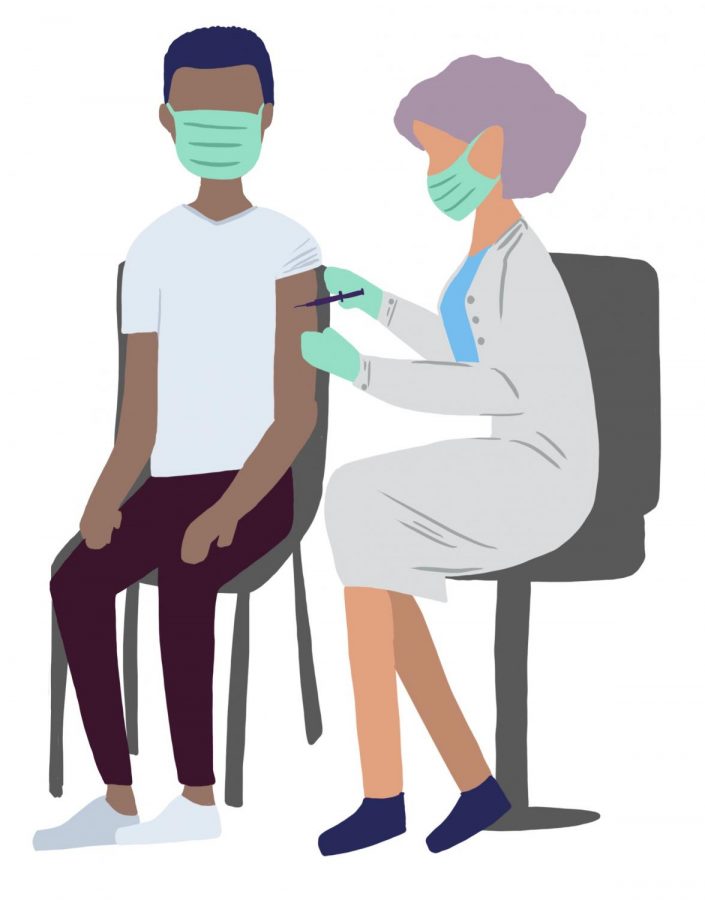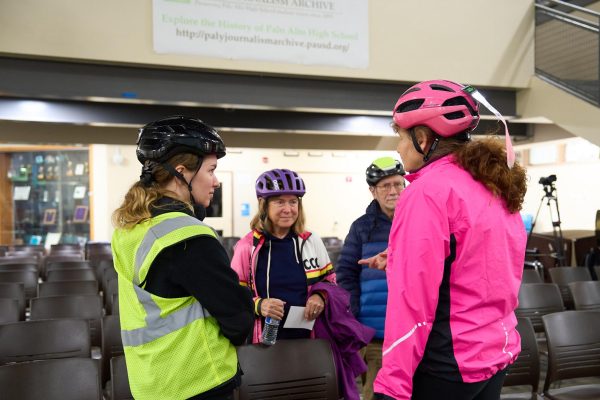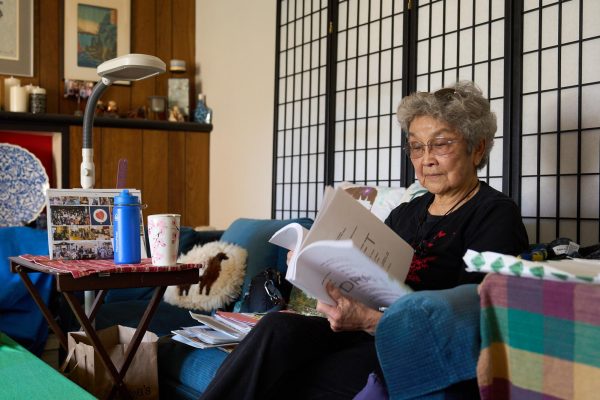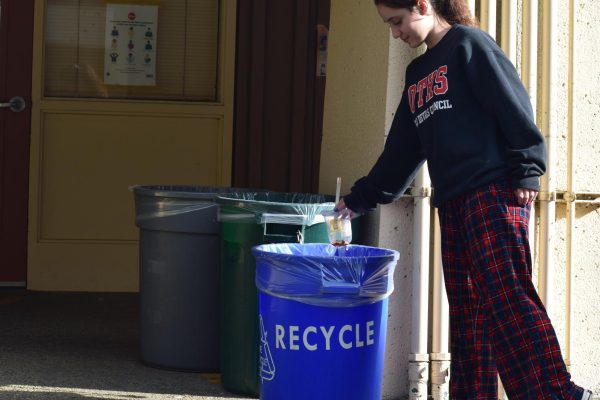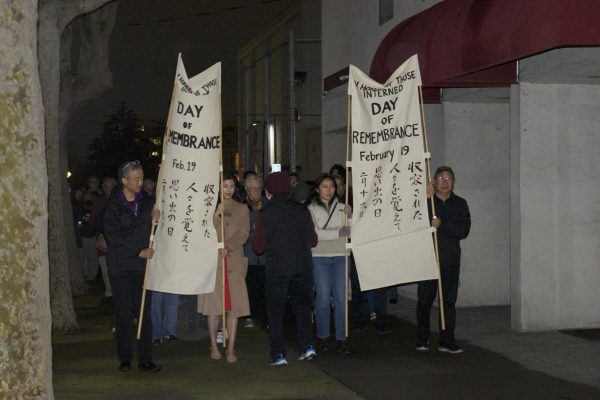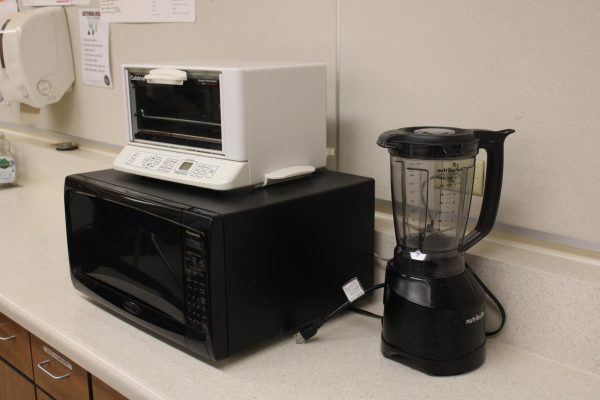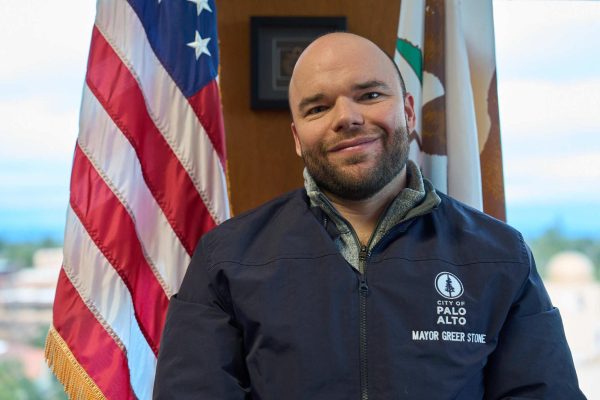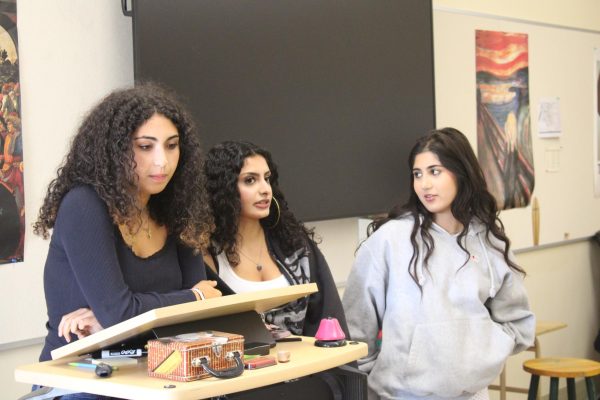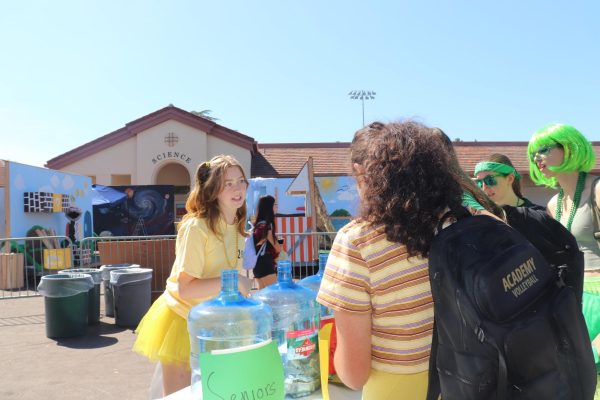Shots, Shots, Shots
Vaccine distribution and equity in Santa Clara County.
May 25, 2021
Nila Nag remembers bolting upright from her bed the night she found out about the approval of the Pfizer vaccine in a post online.
“I was relieved,” Nag said, a Palo Alto High School junior. “I know it’s obviously hard to create a vaccine for a global pandemic, but I thought it was really exciting.”
The finalization of the COVID vaccines late last year meant that quarantiners like Nag worldwide could breathe a sigh of relief. Although problems have arisen along the way, with companies like Pfizer, Moderna, and Johnson & Johnson supplying hospitals and vaccination centers countrywide, many hope that the vaccine will mean a turn for the better.
“I was thrilled,” Helen Benedetti said, a charge nurse for a Stanford vaccination clinic in Redwood city. “I know some people were hesitant at first. But I volunteered to vaccinate at Stanford even before they had the clinics opened for the public.”
Like many healthcare workers, Benedetti’s days at the vaccination clinic have been busy.
“Originally, we started out about 400 [people] a day. Now we’re up to 1200 a day,” Benedetti said.
The number of people scheduling appointments has risen as vaccine requirements have dropped. Previously limited to healthcare workers and seniors 65 and up, the most recent county update on vaccination eligibility requirements says that anyone above the age of 12 are now eligible for the vaccine.
Since I’m in contact with so many people on a day-to-day basis, I really wanted to make sure that I was safe,
— Sabrina Chan, senior
Senior Sabrina Chan got her first dose as soon as it was available through the Food and Agriculture vaccine allotments, regulations that define who is allowed to get the vaccine as requirements change. She works at a boba shop, so much of her job means interacting with customers and fellow workers, making immunization a must.
“Since I’m in contact with so many people on a day-to-day basis, I really wanted to make sure that I was safe,” Chan said. “I’ve been following the news since the vaccines were introduced in December, so I wasn’t really scared to take it.”
Chan is not alone in her newfound confidence. Senior Jack Compton feels the same way after his own vaccination.
“I wanted to get the vaccine so I can be safer since I have my parents at that age where they have more risk of dying from COVID,” Compton said. Though it hasn’t been long since getting his shot, he has already expressed increased feelings of security when going out.
While the vaccine comes as a source of relief for many, information on potential side effects from the COVID vaccine has struggled to be made public knowledge. Although medical professionals have done their best to appropriately inform their patients, problems still persist.
Not every reaction is going to happen to you, and you just have to look at what’s going on.
— Rosario Andales, nurse
“I have family members that don’t want the vaccine because they’re afraid of getting side effects,” said Rosario Andales, a vaccinator at a Stanford vaccination clinic in San Jose. “I always tell them that the vaccine is very important. … Not every reaction is going to happen to you, and you just have to look at what’s going on.”
Concerns about the vaccine are not limited to just long and short term effects. Since their release in December, multiple protests have occurred across the county calling attention to inconsistencies in the vaccine distribution. One protest caught the attention of major media outlets nationwide, as residents of Stanford staged a demonstration over being almost entirely left out of the first round of vaccinations.
“My first thought was that it was unfair, because as health care workers we should be given the vaccine first,” Andales said.
As a frontline worker, she was in the group most outraged, which was resolved by a public apology and a change to vaccination policy from Stanford. However, for Benedetti, she thought that a few days’ delay was not a big deal.
“We know that there’s a lot of us that work at Stanford,” Benedetti said. “There’s a lot of us, and yes, the algorithm failed but we will all get our vaccines. We just need to be a little bit more patient.”
Concerns about the vaccination process in Santa Clara county have continued to persist on a smaller scale.
“We do have a Home Health Division that’s going out to deliver vaccines to people,” Benedetti said. “I think we can do a lot more going out and about to areas where it’s harder to find people, which is what Stanford’s doing now.”
It’s a number, it’s not the lady that has three small kids and couldn’t survive it.
— Helen Benedetti, nurse
Benedetti said that she hopes that now that vaccine distribution is more generalized, local hospitals can afford to do more for harder hit communities.
More than anyone, healthcare workers can see the impacts of COVID.
“I’ve had people sit in my chair for vaccination and I can tell they’re nervous,” Benedetti said. “And I’ll ask what’s going on? They’ll say, well, I lost three of my siblings to COVID and I just want to get the vaccine.”
For many in Palo Alto the numbers on the COVID death counts seem to be a peripheral concern, but the impact on those numbers in the community cannot be understated.
“I think people have gotten numb,” Benedetti said. “It’s a number, it’s not the lady that has three small kids and couldn’t survive it.”
Benedetti’s first priority is getting the vaccine out to as many people as she can. Now that priority vaccinations are finished, immunizing the larger population seems to be a goal that will come sooner rather than later. Her views are shared by many Palo Alto residents as well.
“The best way to get out of this pandemic is to get the vaccine,” Chan said. “Vaccine hesitancy is real, and it’s understandable. However, this COVID vaccine will truly save your life.”
Art by Arati Periyannan
